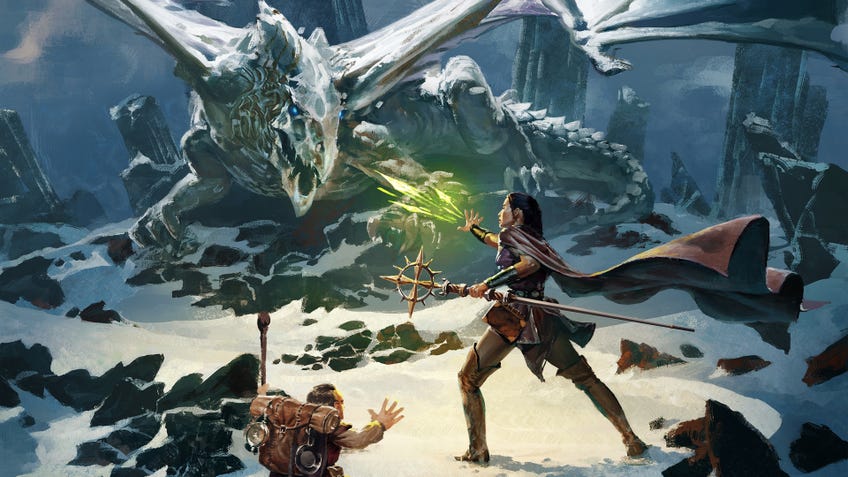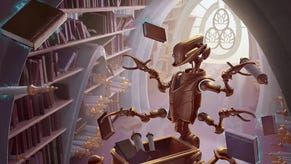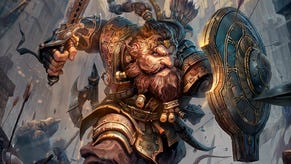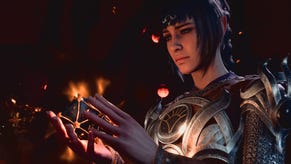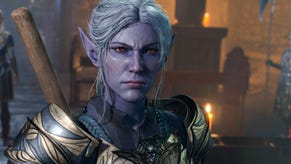6 things the new Dungeons & Dragons movie needs to do to become a critical hit
Not including a cameo from Jeremy Irons.
I’m a big fan of watching movies that catastrophically fail on so many levels that they somehow come out the end being entertaining. Which is exactly what the original 2000 Dungeons & Dragons movie does.
Even though I find merit in the terrible CGI, baffling casting decisions - though Jeremy Irons and Richard O’Brien were a stroke of genius - and awful acting (all of which are outlined beautifully in this feature by Dan Jolin), I don’t want to see a repeat of these same mistakes in the upcoming D&D film that’s due out in 2022.
I severely doubt we will see anything like the kind of trainwreck that was the original D&D film, simply because it is such a time capsule of the era it was made in, but I am still wary about how this new attempt at adapting the world’s most popular roleplaying game will turn out.
In hopes that this article somehow falls into the lap of a Paramount executive, I’ve skimmed the contents of my brain for everything I do want to see in this new D&D film. Well, everything within reason - after all, it’s been a long time since Brendan Fraser has appeared in anything. I may not be an expert in filmmaking, but as someone who plays Dungeons & Dragons and does actually like watching good movies, here’s six things the new D&D adaptation should be doing.
1. Take inspiration from the source material
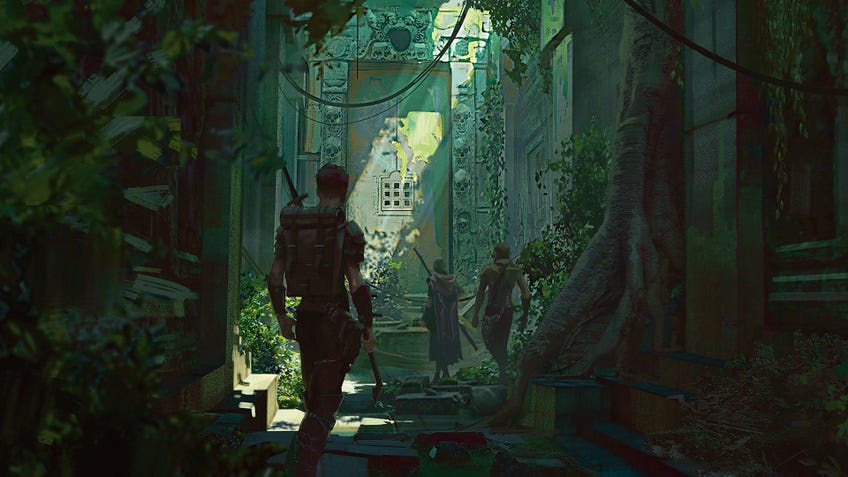
Besides the many other egregious creative decisions made during the production of the 2000 Dungeons & Dragons film, perhaps its greatest misstep is how little of D&D - the RPG it’s literally based on - actually appears in it. Apart from a couple of spells, a Rug of Smothering and about three seconds of a Beholder, the first D&D film doesn’t feature much of what makes the roleplaying game unique.
On its surface, Dungeons & Dragons appears to take place in a very generic fantasy world. It takes a deeper dive into the lore and worldbuilding of D&D to realise that it actually has a lot of unique elements to it. For example, the game has a comprehensive system explaining how different people in the world can use magic - whether it’s their connection to a deity, a magical bloodline, a pact they’ve made with a demon or access to a grimoire of spells.
Whilst the film’s creators will undoubtedly be aiming for a traditional fantasy setting, Dungeons & Dragons has a wide variety of settings they could take inspiration from. Whether it’s the hellish planes of Avernus, the dinosaur infested lands of Eberron or even the smorgasbord of locales in the Forgotten Realms, there are plenty of intriguing lands and cultures the D&D film could venture into. There’s really no excuse to make another milquetoast fantasy film.
2. Pay attention to actual play podcasts and video series

The rising popularity of Dungeons & Dragons is in no small part thanks to the existence of actual play podcasts such as The Adventure Zone and video series like Critical Role. It’s not surprising that actual play podcasts and video series are great at selling D&D to a new audience - the hosts of are usually charismatic people who are excellent at improvised comedy and storytelling, it’s a much more relaxed medium than film or television and, most importantly, the listeners and watchers get invested in the characters.
Whilst it helps that these shows have many, many hours to develop their characters and the relationships they have with one another, people enjoy them because they’re highly engaging. I doubt I have the experience or knowledge to explain how to make a great film character, but even I understand that audiences get invested in characters who have a strong motivation and a clear development arc. The characters in the original D&D film did not have either of these qualities - though that’s not what made most of them unbearable - but I really hope that the characters in the upcoming adaptation do.
3. Recognise its contemporaries
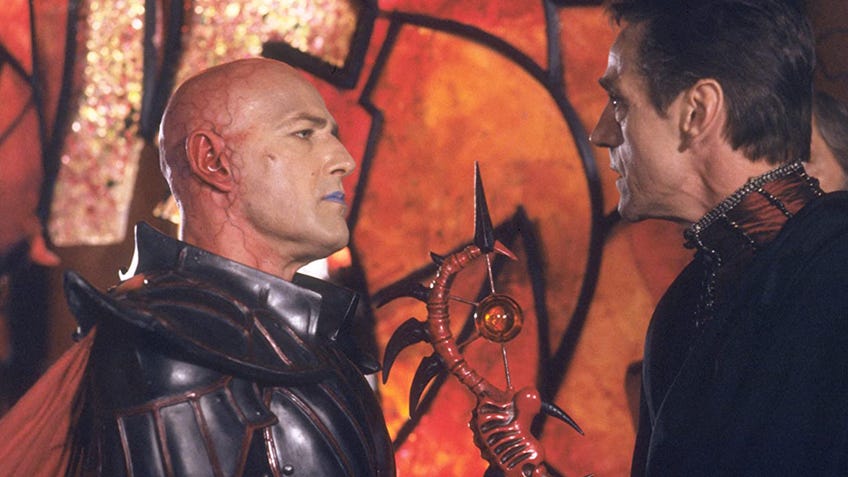
Unfortunately, the first Dungeons & Dragons film didn’t have many examples of great fantasy film or television to take inspiration from. Up until the early 2000s, the best that the fantasy genre could offer was either Labyrinth or Xena: Warrior Princess, neither of which would have made a particularly good inspiration for a D&D movie - no offence intended. Luckily for the creators of the upcoming adaptation, fantasy film and television has gotten a lot better since then and there are plenty of examples to look to for guidance.
The Lord of the Rings trilogy is an obvious choice; the films reinvented fantasy for the modern era and proved that mainstream audiences had a hunger for rich cinematic worlds populated by elves, dwarves, wizards and orcs. Game of Thrones is another prime example of fantasy storytelling done right - up to the fourth season at least - with audiences gripped by adventures of knights, sorcerers, dragons and undead monsters. Even the recent His Dark Materials series, which tackles some pretty controversial topics, has turned out to be pretty damn good.
There’s nothing inherently flawed with fantasy as a genre, and your average audience member can get onboard as long as the creators are confident with how to deal with the source material. If the creators shy away from what makes the world of Dungeons & Dragons unique and engrossing, they’re just going to end up with a film that’s bland at best and embarrassing at worst.
4. Don’t take things too seriously

There’s some pretty heavy stuff in the world of Dungeons & Dragons. It has multiple pantheons that contain at least one objectively evil deity, beloved characters can die at the drop of a hat and there’s an entire video game based on the game’s many circles of hell. However, as much as I’m sure it’s tempting to make a gritty movie about a disgraced warrior having to battle their way through hordes of monsters to save their kidnapped wife, we’re all frankly very tired of that sort of thing. For as much potential darkness and death that a session of D&D can contain, there’s plenty of potential for hilarity as well.
From flumphs to sentient shrubs, Dungeons & Dragons has a lot of silly stuff in it. There’s a reason that the Dicebreaker video team did an entire panel on ridiculous D&D monsters - the game certainly has no shortage of them. From living shrubs to spells that enable the player character to instantly conjure 45 pounds worth of meringue out of nowhere, there are a multitude of reasons not to take Dungeons & Dragons too seriously. Moments of chaos caused by a panicked spell, a flubbed skill check or impulsive player decisions are all a major part of what makes D&D so enjoyable. The creators of the upcoming film could do well to recognise this and be sure to add a pinch of silliness into their creation.
5. Channel what people love about playing Dungeons & Dragons
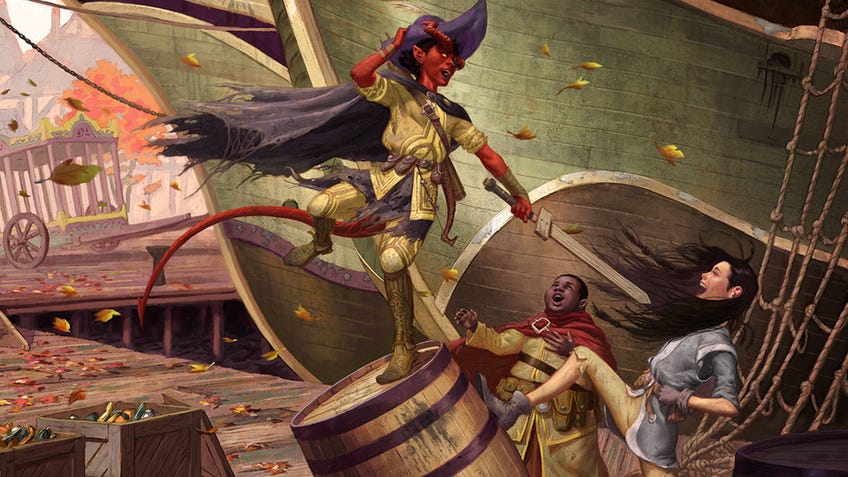
Why do people enjoy playing Dungeons & Dragons? Is it the ability to become someone impossible? The chance to explore a world of danger from the safety of your own couch? Or maybe it’s the opportunity to organise a bottomless bag of discarded helmets and monster guts? There are a variety of reasons why D&D is as popular as it is - besides the fact that it’s one of the oldest roleplaying games that’s still being updated - and the key to making a film that’s true to its source material is understanding what people actually like about it. From book adaptations like The Golden Compass to video game movies such as Doom, film production has a history of ignoring what makes fans passionate in favour of creating something that may contain all the recognisable iconography, but none of the heart.
At the same time, there’s a danger of catering too much to those D&D players that take the rules too seriously and gatekeep, making the hobby less accessible to newer players. Even if Dungeons & Dragons isn’t the roleplaying game I’d recommend to beginners, it’s definitely the one that’s picked up most often. Unfortunately, despite there being plenty of perfectly lovely people in the D&D community, it also has its fair share of gatekeepers who believe that their way of doing things is the only right way. The upcoming Dungeons & Dragons film would do well to take in what the better side of the community loves about playing the game - building friendships, lending support, expressing identity - and less from those players who feel entitled to control other people’s experiences of roleplaying.
6. Hire a diverse team and sensitivity writers
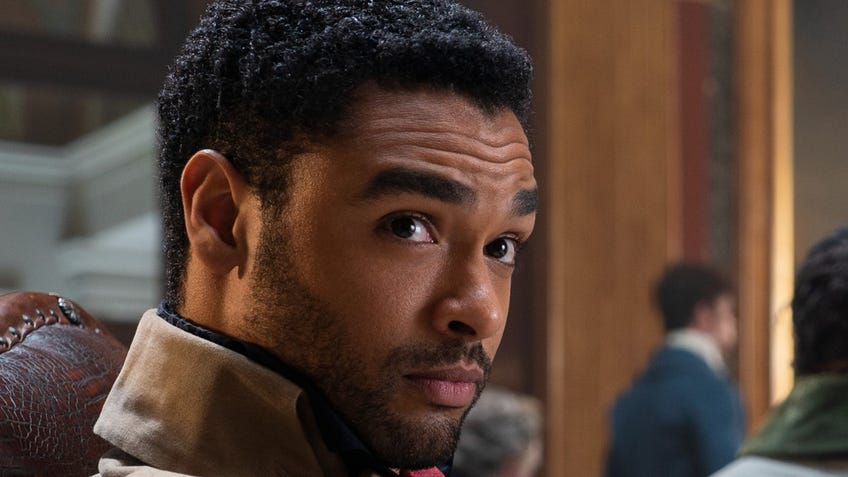
Despite its disappointingly common depiction in pop culture as the pastime of primarily nerdy white men, a lot of different people play D&D. Dungeons & Dragons might still be struggling to change some of its more regressive aspects - as seen in its recent misfire with the disappointing racial trait options in Tasha’s Cauldron of Everything - but at least Wizards of the Coast, the publisher behind the RPG, has been hiring from a more diverse pool of freelance writers these days, most recently for the Candlekeep Mysteries sourcebook. With diverse hires comes better representation, a more accessible experience and the assurance that otherwise marginalised people are getting their voices heard in a paying job.
Regardless of whether the studio executives at Paramount take heed of my suggestions for actually looking through the source material, letting loose with some silliness or listening to actual play podcasts, this is the most important takeaway from this entire article. They might have already given roles to Rege-Jean Page, Michelle Rodriguez and Justice Smith, but consider hiring emerging POC talent as well - shining a spotlight on diverse actors who haven’t yet had a chance to capture a wider audience. Bring on writers who understand some of the complicated issues of race, sexuality and gender identity within the worldbuilding of Dungeons & Dragons. Ensure that your production team is made up of a variety of different people who can bring their own unique visions to the project.
People who love D&D - and those that could love it - deserve to see themselves and their perspectives in this film, and you have the opportunity to make Dungeons & Dragons an even more inviting world to everyone.
